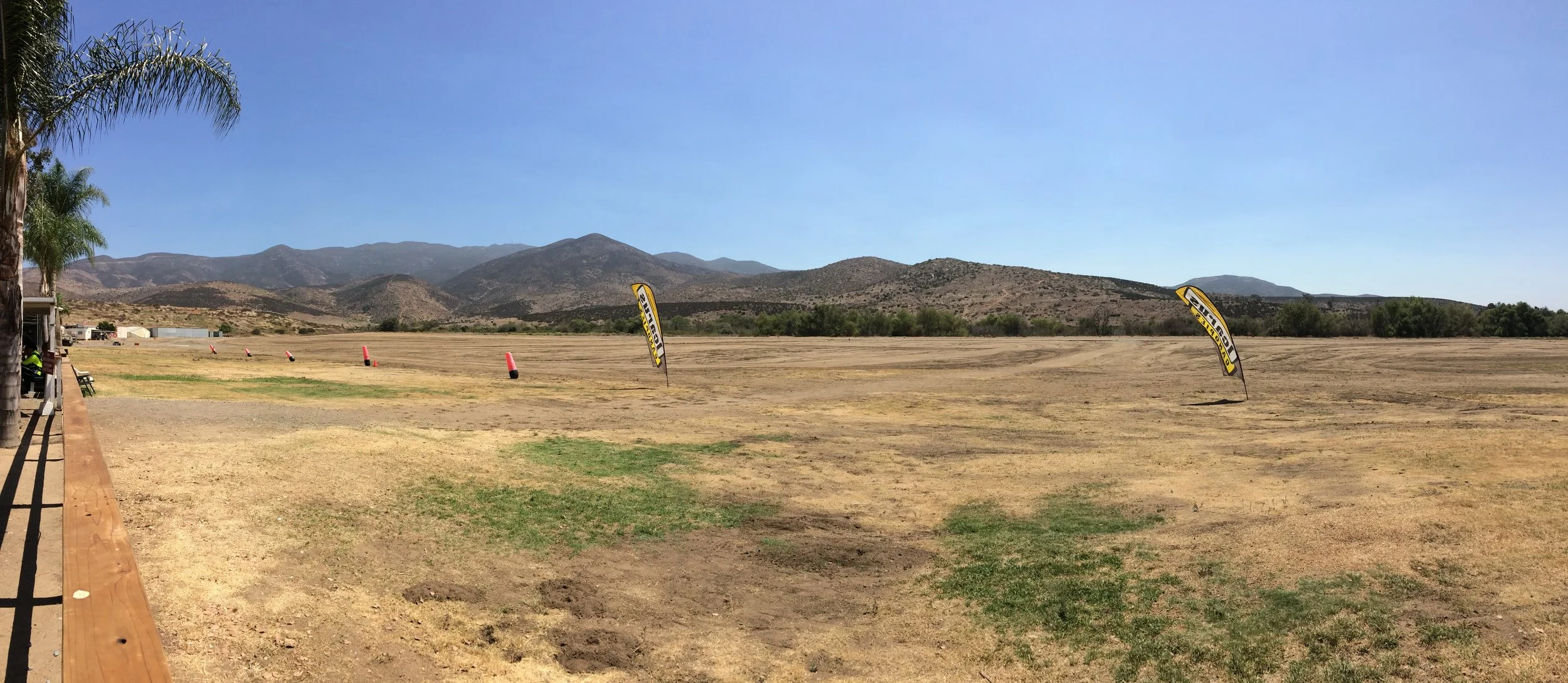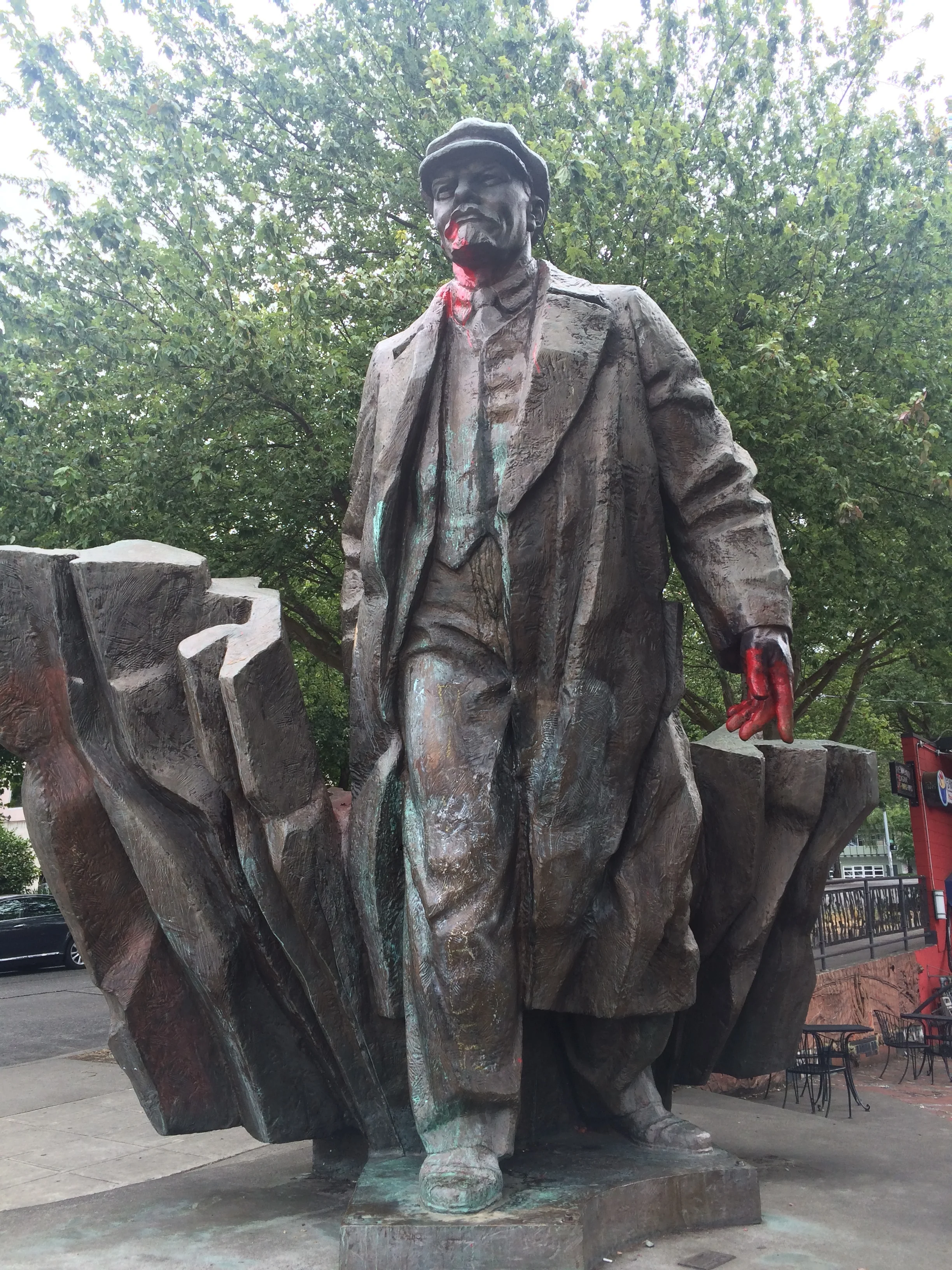Chances are, if you have any sort of social media presence, you’ve seen with increasing frequency some sort of picture of people, tents, or both laid out artfully in front of tall mountains and crystal blue lakes. And, if you’ve seen these photos and there wasn’t a caption, you probably wondered where these lakes were, and if the photos were photoshopped. These lakes are the glacial lakes of the Big Pine basin, specifically located off the North Fork of Big Pine Creek; and for the most part, there is no photoshopping of the photos of these lakes – they actually do look like that way in real like, with brilliant shades of cerulean blue. The lakes popularity, however, precedes social media, as the trail up the North Fork of Big Pine Creek has long been one of the most popular destinations in the Inyo National Forest. As a matter of fact, the only thing unknown – and unspectacular about these lakes is their names. For unknown reasons, the lakes – and the waterfalls along this trail were given generic names – “First Waterfall”; “First Lake”; “Second Lake” through “Seventh Lake”. My personal suggestion for hikers or backpackers visiting the area – call them whatever you want, because they are amazing.
Haunted San Diego
San Diego is best known for being “America’s Finest City”, but like most locations, it also has a stranger, darker side, built on speculation, myths, rumors, and legends. With Halloween just around the corner, along with the shorter days and cooler nights of fall, now is a great time to explore these thirteen locations to search for monsters, ghosts, aliens, and whatever else may be out there. I’ve compiled this list from my experience and from what “evidence” is present in the public domain about these spots. I’ve subjectively ranked the spots from “most active” to “least active”, or for the skeptical readers out there, from “most credible” to “least credible”. Irrespective of how you feel about the supernatural, this is a great list of San Diego locations that add historic flavor to a fine city that are worth a visit.
Shady Lane Trail
Olympic National Park is one of the National Park system’s crown jewels, and to many people, may be the brightest jewel in the crown. Because of its beauty, in the last ten to fifteen years, the park has seen increased traffic and visitation in many areas. Even though Olympic has gradually become more popular, like the National Park system as a whole, it still has large areas of wilderness in which adventurous travelers can experience silence and solitude. One of these areas is the Staircase region of the park, which is located in the southeast corner of Olympic National Park. The Staircase region was named by Lt. Joseph P. O’Neil during his 1890 expedition to explore the southern Olympic Mountains because of the enormous cedar staircase that he and his men constructed up and over a rock bluff, which was ultimately known as the “Devil’s Staircase”. While the enormous cedar staircase is now gone, what remains is the serene silence of old growth Douglas fir forests. One of the best and most accessible ways to experience the Staircase region is along the Shady Lane trail.
Road Trip Guide to Death Valley
On the Eastern border of California, and near the Western border of Nevada, is an area that is full of mystery, wilderness, and desert solitude. This area is Death Valley National Park. The name alone “Death Valley” transcends time and space, and for hundreds of years has been a beacon to prospectors, explorers, adventurers, and today, casual visitors. While Death Valley is, as its name suggests – a fundamentally hostile environment, with temperatures regularly soaring over 100 degrees from April through October, it is more than a flat wasteland. In reality, Death Valley is one of the most geologically diverse environments on the planet, where the remains of glacial Lake Manly are laid bare, and the effects of active volcanism and erosion are easily visible. Within the confines of Death Valley, one can find tall, uplifted mountains, year-round waterfalls, volcanic craters, sand dunes, eroded canyons, and the lowest spot in North America.
Gear List: Backpacking Basics
Backpacking! Unlike hiking, or trail running, backpacking is something that carries a bit of mystique - and a bit of fear for the casual adventurer. While there are many reasons for those - and other feelings, the main reason is that until one learns what to bring - and not to bring, the sport can seem a little daunting. In my opinion, backpacking is a great way to experience all of the unique spots around the world. I also think that, generally, once one gets a little experience in the sport it gets progressively easier and progressively more enjoyable. In this video I cover what gear I carried for a basic two-day trip up the North Fork of Big Pine Creek in the Eastern Sierra. While the gear in the video is somewhat specifically tailored for the trip, it would also be great example for other two day trips, like the one I discussed a few years ago to May Lake. Got any suggestions or comments about what you like or dislike about backpacking? Let me know in the comments below!
Review: Skydive San Diego
Skydiving. Unlike many outdoor activities, skydiving is something that everyone has an opinion on, whether they have experienced it, considered it, or ruled it out as something that will never occur in this lifetime. Also, unlike many outdoor activities, skydiving is an “extreme” sport, and something that has a higher barrier to entry than many outdoor activities. One of the main costs that impacts the sport is that unless one happens to be USPA Certified, one must take their first jump with an instructor in a tandem rig. It is also worth noting that in 2016, with the advent of base jumping, wingsuits, bungee jumping and other newer extreme sports, skydiving is not perceived as “extreme” as it was twenty years ago. But, for the casual adventure-seeker, or for someone who has never participated in an “extreme” activity, it is something that still provides a huge rush of adrenaline. Even though I had participated in many “extreme” or “adventure” activities over the years, skydiving for me was something that was always off on the horizon – meaning that while it was something that I wanted to do, it wasn’t something I was going to do right away. However, a couple of weeks ago, I decided that it was time to make my future plans presentplans, and took my first jump.
Fremont Lenin Statue
For many people, the terms "Lenin" and "Communism" evoke dark memories of the Cold War, and the potential for mutually assured nuclear destruction. For other people, however, the remnants of the former Soviet Union are noteworthy for their cultural significance in the world's larger historic picture. Irrespective of how one feels about the former Soviet Union, its art, propaganda, and iconography, one can view some of it with ease in Seattle in the form of a giant, sixteen ton iron statue of Lenin which now sits on Fremont street corner. Originally designed and constructed in 1988 by Emil Venkov, it was later consigned to a trashheap (literally) after the Berlin Wall fell and the Cold War ended. Slightly before it was scheduled to be melted down, a Seattle resident, Lewis Carpenter found it, and felt that it should be preserved. For $41,000.00 Carpenter was able to purchase the statue, and move it to Fremont, where it has resided since, despite mixed feelings about its presence. Since Carpenter's passing in 1994, the statue has been for sale on numerous occasions, however, as of the present date, no party has stepped forward to make an artistic purchase of this magnitude.








